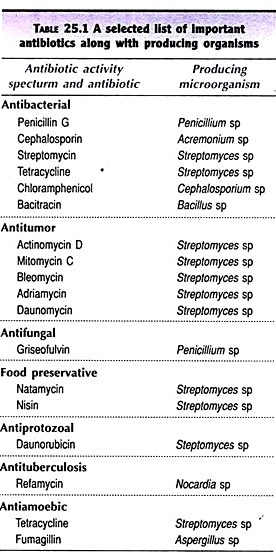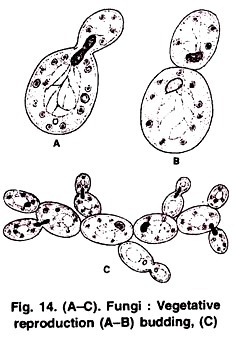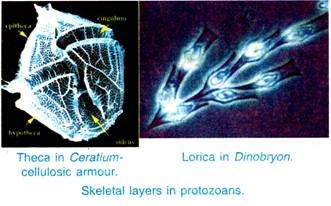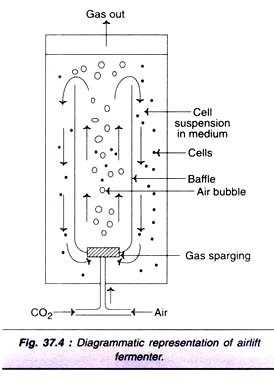During the fieldwork it has been observed that the micro-level slopes influence the distribution of plant and plant coverage (number of plants/25 sq. m) on the land.
Examination of field data by sophisticated software also strongly supports that hypothesis.
Distance is also very important to identify the zoning of high and low plant coverage. Table 2 is showing the nature of plant coverage on five selected slopes.
From the above table it is clear that maximum number of plant coverage found in those squires (25 m) where maximum micro-slopes are 5° to 20°. It can be explained as the most suitable slope condition for plant on the highland. There is a general tendency of decrease of plant coverage when the maximum slope crosses 20° and it has been observed from the field that in squire where maximum micro-slope is 30° the plant coverage is little decreased than the earlier squire. On the top of the highland the plants are very scattered and most of the area is covered by grasses.
On the basis of field observation we divided the plants into three groups according to their heights, namely Small plants (<1 m), Medium plants (1-4m) and Tall tress (>4 m). Maximum coverage of the first group or <1m high plants founds in those squires on the slope where the maximum micro- slope angle are 10° to 20°. On that squire where the maximum micro-slope is 30° the plant coverage is medium. The plants coverage character of the general plants coverage characters (Fig 1 to 4).
The second group (1-4 m) also follows the character of the first group. But in the squire of maximum slope 30° plant coverage is very low (only 7). A remarkable difference has been observed in case of third group which represents tall trees of > 4 m height. High level plant coverage of the tall trees is found where maximum micro-slope angles are less than 5°. On 5°-10° maximum slopes plant coverage is medium. Very few tall trees are found where maximum slopes are more than 20°.




